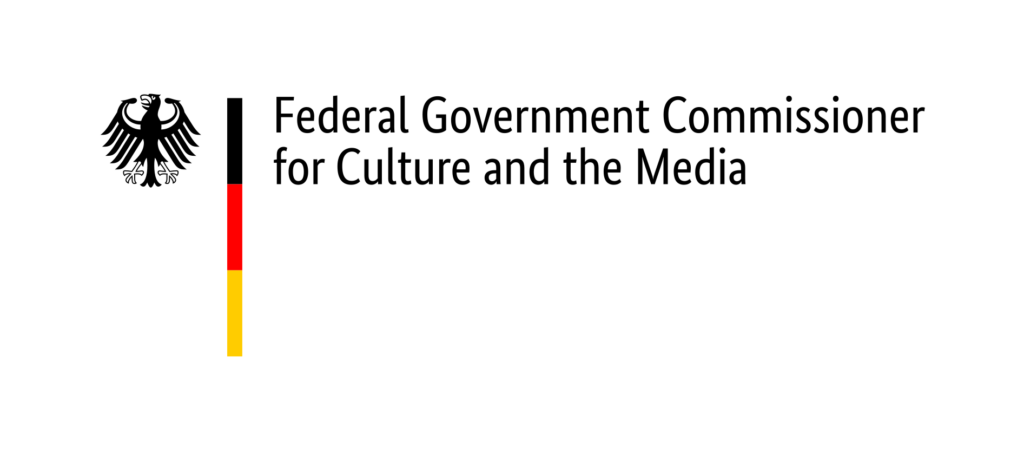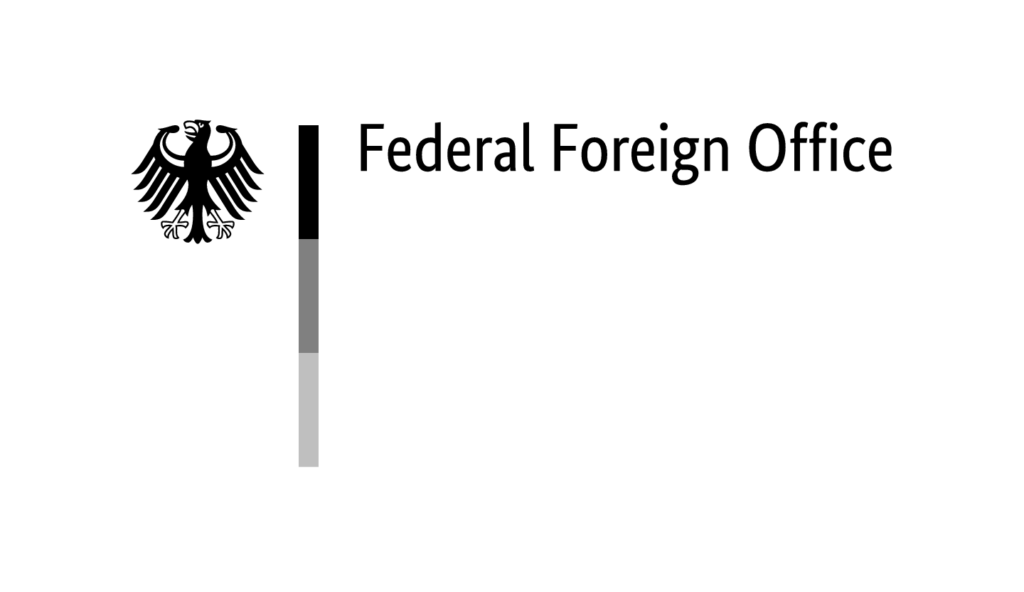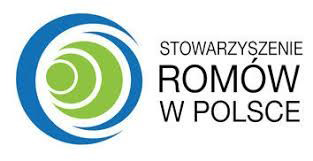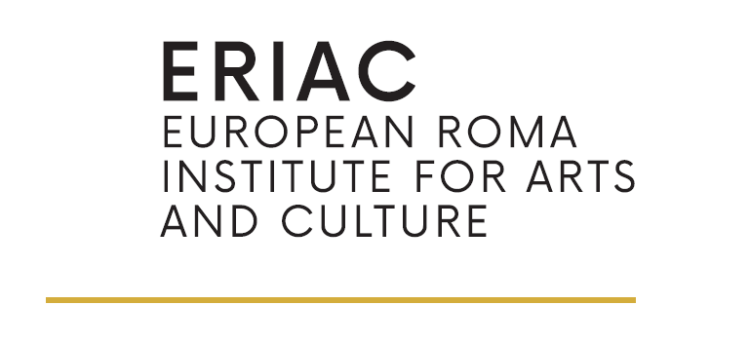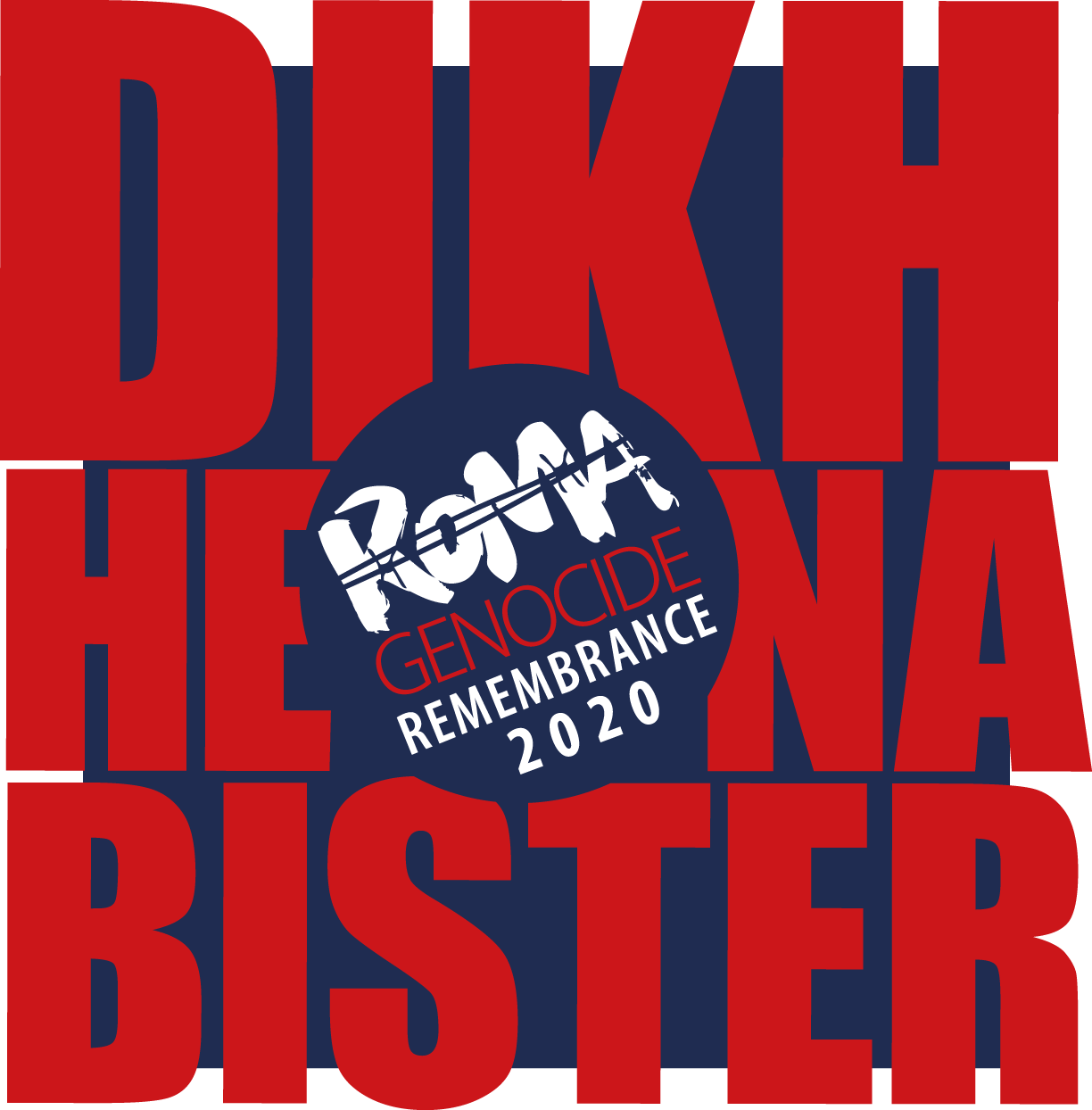Film Section of the RomArchive
The RomArchive film section features various objects about the Holocaust, curated by Katalin Barsony
In the last few decades, Romani self-representation in films has become more frequent. Not only are Romani directors, producers and writers engaged in various film genres, but the quality of their films has also been acclaimed by international awards in film festivals. There are thirty-five films in the RomArchive (with an additional thirty-five works accessible via the internal archive), in conjunction with biographies of the directors and synopses adapted to the concept of the film section. The films were selected based on how closely they achieved the portrayal of Roma communities and Roma characters, and on whether they understand the culture, language, traditions, myths and everyday living conditions of Roma. The film collection is divided into three (interconnected) categories: ‘Roots’, ‘Roles’ and ‘Breaking with the Past/Revolution’. Przeczytaj więcej >>

The role of film in the construction of a collective memory is essential. Therefore, it is crucial to challenge conventional representations in order to rebuild a community’s history, especially a community that relies on oral traditions. As Mac Ferro noted in 1992, ‘thanks to popular memory and oral tradition, the historian-filmmaker can give back to society a history it has been deprived of by the Institution of History.’ The films in the ‘Breaking with the Past – Revolution’ subsection are part of an emancipation movement that breaks with the homogenous image of the minority, clearly demonstrating the diversity of Romani communities and individuals. In this way, the RomArchive film collection wishes to promote both appreciation and cultural competence (a term coined by Hans Blokland).
Romani people have experienced various forms of suffering throughout history. From slavery and the sufferings of Roma during World War II to the difficulties of present-day discrimination and segregation, these experiences are part of personal memories. While these memories are passed on from one generation to another, they remain within the family and are rarely communicated to the outside world. Filmmakers are, in fact, rewriting history from this particular viewpoint of the Roma by cultivating a space for self-representation and reconciliation regarding issues once considered taboo.
It is important to emphasise the ideological and economic barriers surrounding film production and the underlying power structures behind each film production. Given these factors, it is clear that authors have a long road ahead to reach mainstream audiences. The stories they tell, inspired by family stories, fairy tales and myths, are refreshing and modern, allowing us to see and understand diverse Romani communities. Furthermore, they indicate that there is a great deal of motivation to counter negative representations of Romani communities.
Read more>>
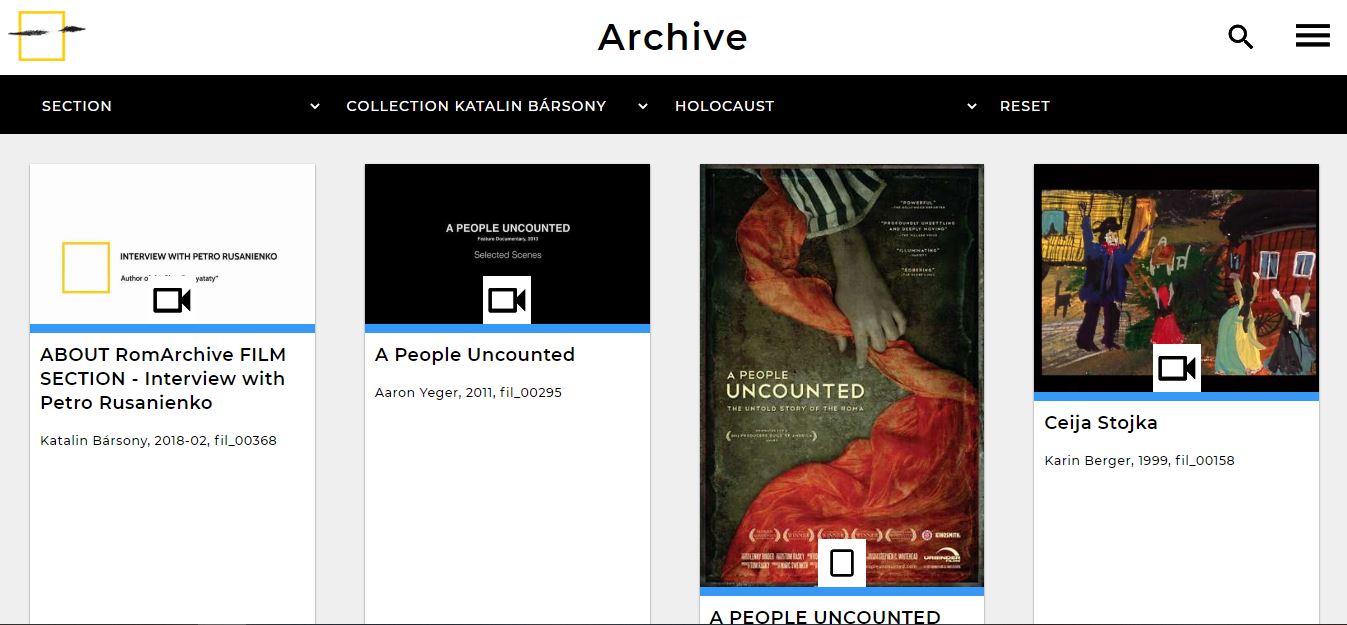
Films and Resources about the Holocaust of Sinti and Roma in the Film Section of the RomArchive
The exile from Bassarabia, a documentary about the Roma holocaust
The Exile from Bessarabia, a documentary directed by Sergiu Ene and Natalia Ghilașcu in cooperation with an NGO, depicts the suffering and extermination of Roma during World War II in Bessarabia and Bucovina (today Ukraine, Moldova and Romania) – a tragic event that is even now often overlooked. Find our more >>
Pamyataty
The short feature Remember (Пам’ятати / Pamyataty) from 2016 is the first film by the young Ukrainian Roma director Petro Rusanienko. Based on historical facts, it tells the story of two brave women during World War II. Dowiedz się więcej >>
Roma Tears / Romane Iasfa
The documentary Roma Tears, directed by Luminita Cioaba in 2006, transforms oral traditions to history through the medium of film in order to discuss the important yet little discussed tragedy of Romanian Roma who were deported to Transnistria in 1942. Dowiedz się więcej >>
The Green Green Grass Beneath
Ceija Stojka the famous Austrian painter of Roma origin, started to recall her memories before writing her autobiography in 1988. Since then, as one of the central figures of the Roma and Sinti civil rights movement in Europe, she has actively taken part in remembrance politics. In 1999, Karin Berger made a portrait about her life, family background and art, which led to her becoming a close friend of the protagonist. Then, in 2005, she decided to put together the documentary, Unter den Brettern hellgrünes Gras (The Green Green Grass Benaet It), of her recollections. Dowiedz się więcej >>
We’ll Meet Again in Heaven
(German: Auf Wiedersehen im Himmel. Die Sinti-Kinder von der St Josefspflege), a film by Michael Krausnick and Romani Rose. The documentary tells the story of forty Romani and Sinti children who were taken to the Catholic St. Josefspflege institution in Mulfingen (Baden-Württemberg, Germany) after their parents had been deported to concentration camps. Dowiedz się więcej >>
Remember the Roma Holocaust
A video by József Rostas documenting the 2014 Roma Genocide Remembrance Initiative event (Dikh He Na Bister), marking the 70th anniversary of the remembrance day of the Roma Genocide. Dowiedz się więcej >>
Filmy
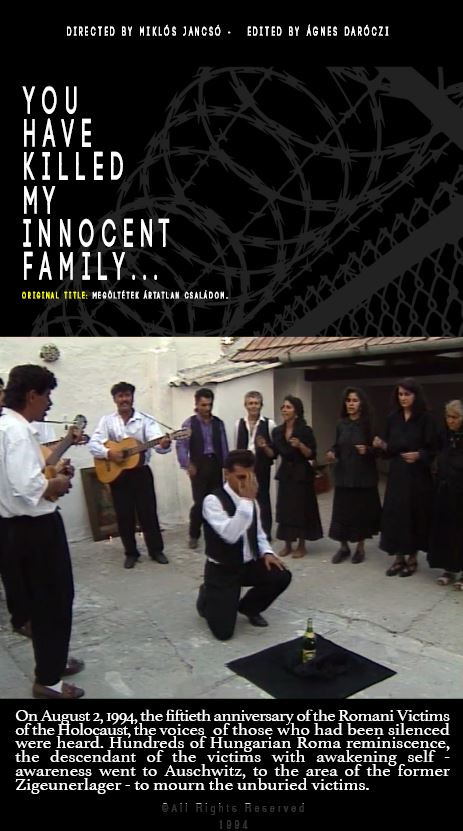
You have killed my innocent family
A Movie about the Holocaust on the Sinti and Roma
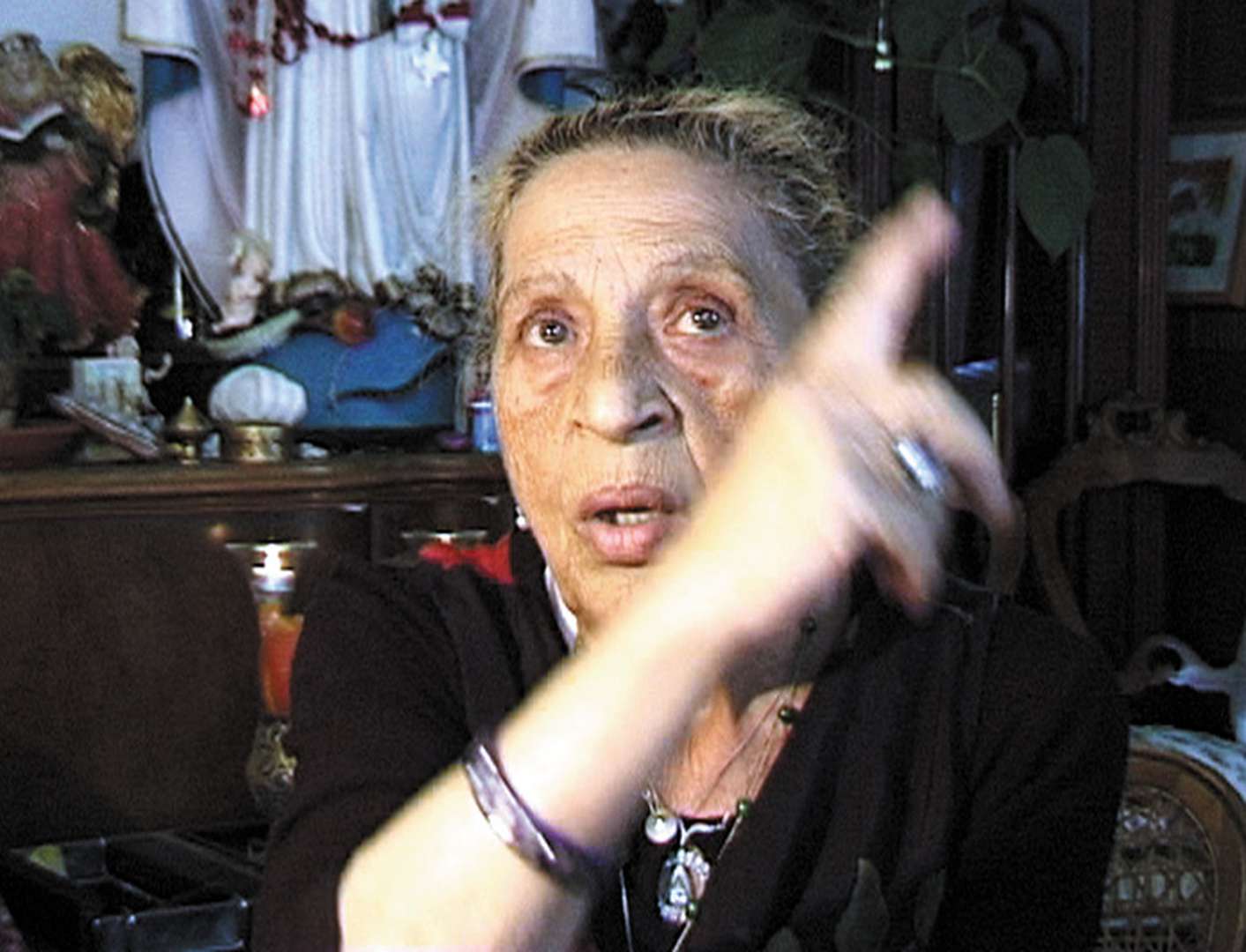
The Green Green Grass Beneath
A Movie about the Holocaust on the Sinti and Roma
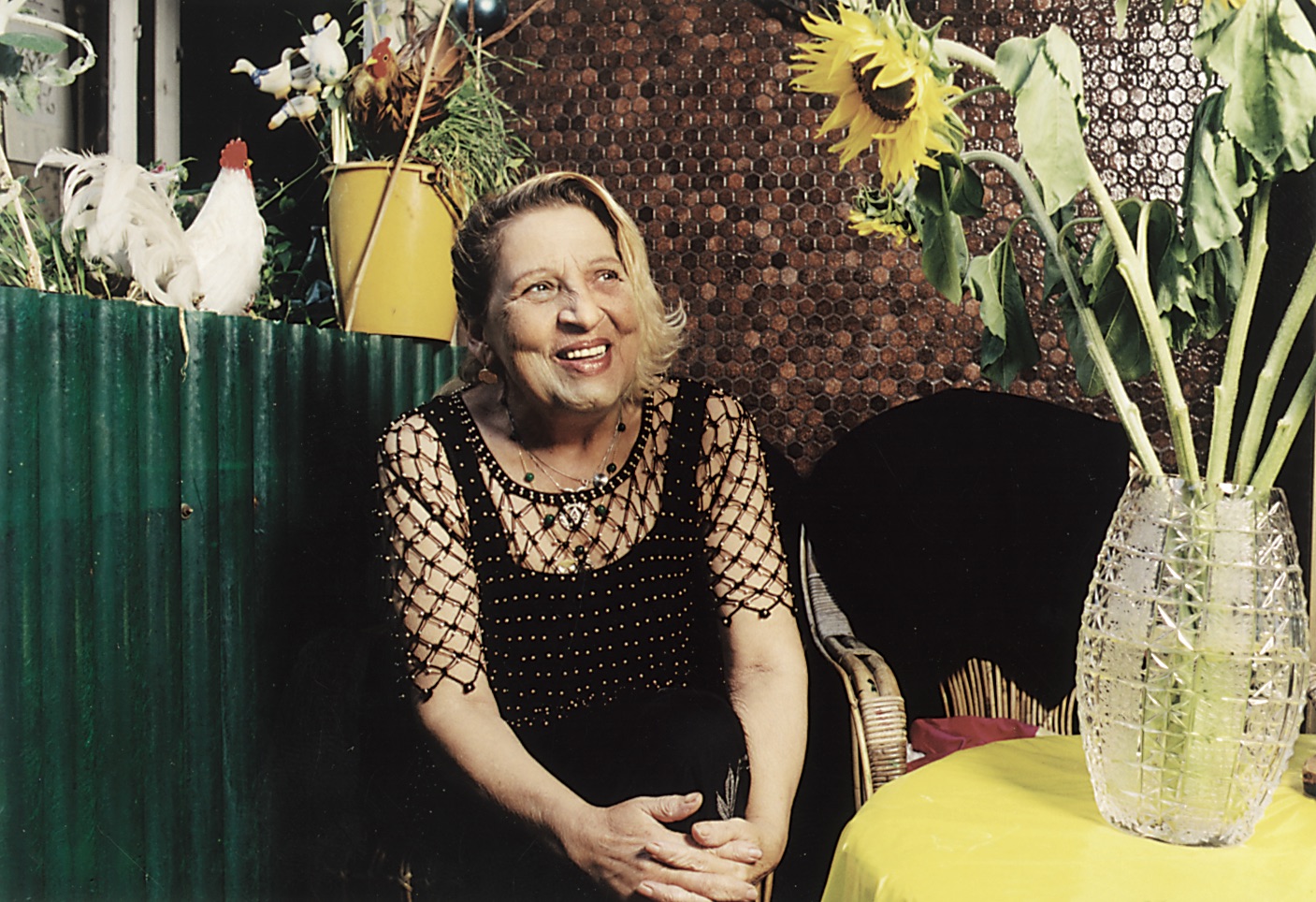
Ceija Stojka
A Movie about the Holocaust on the Sinti and Roma
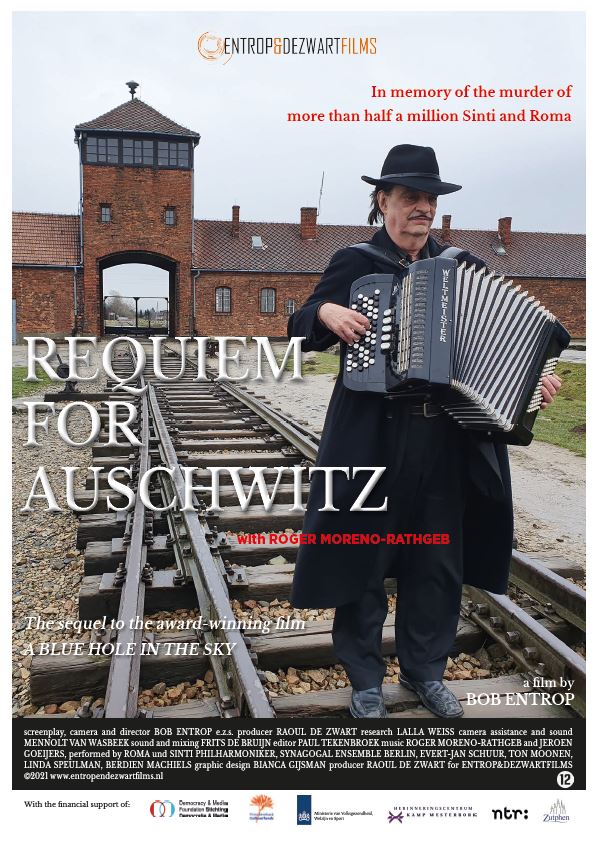
Requiem dla Auschwitz
A Movie about the Holocaust on the Sinti and Roma

How I became a Partisan
A Movie about the Holocaust on the Sinti and Roma


